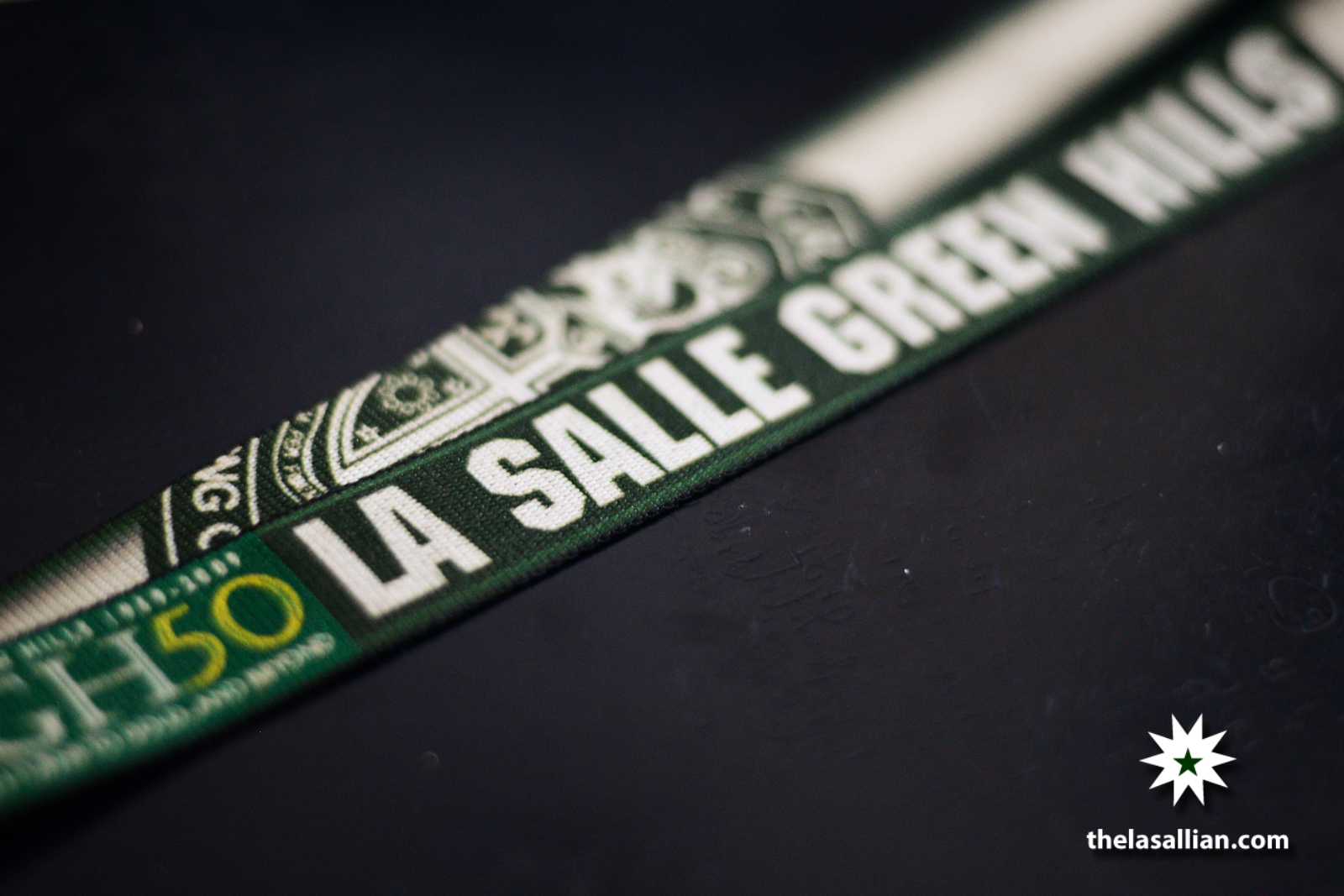
The common struggle for any junior’s team is overcoming the overcasting shadow that the senior’s team dawns over them, especially if that team was one of the basketball giants in the UAAP like the DLSU Green Archers.
Even though the De La Salle Zobel (DLSZ) Junior Archers are the current team representing the DLSU in the UAAP juniors division, the limelight for this article is on the juniors team currently representing the College of Saint Benilde (CSB) Blazers in the NCAA, the La Salle Greenhills (LSGH) Greenies.
The LSGH Greenies, in recent years, have been a source for blue chip recruits for the Green Archers such as Thomas Torres, Robert Bolick, and Prince Rivero—three players who are currently in head coach Juno Sauler’s squad.
This goes to show how close the relationship is between these two schools. In fact, this relationship dates way back to 1968 when LSGH represented the junior’s team of DLSU in the NCAA. One might ask: “Why aren’t they representing the Green Archer’s juniors team right now?” To find out, let’s turn back time and go back to when these two schools played under one name.
The vicious cycles of violence
As the juniors team of DLSU, LSGH won a total of five general championships. Unfortunately, due to their heated rivalry with teams like Ateneo and Letran, there was a high level of friction in the league.
At the peak of their rivalry, things started to get out of hand. With the numerous brawls happening left and right that involved the players and spectators of these teams, Ateneo finally withdrew from the league.
Just when they thought things would get better with one team out, violence erupted once more between La Salle and Letran. Former UAAP board member and La Salle Greenhills alumnus Henry Atayde summed up the whole ordeal saying, “Violence! Violence was at its peak during those last 3 years in the NCAA. [I] remember that at that time, majority of the schools were all male so the level of testosterone was very high.”
Because of the constant retaliations from the supporters of each team, DLSU decided to withdraw from the NCAA in 1981, which gave La Salle Greenhills no choice but to withdraw as well. This was done in order to end the cycles of violence among the players and spectators of each team.
DLSU makes DLSZ its junior counterpart in UAAP
Five years after its formal withdrawal from the NCAA, the DLSU Green Archers applied for the UAAP. However, they were rejected by former NCAA participating schools because of their violent reputation, brought about by their involvement in riots, especially with Ateneo. In turn, the board also rejected the entry of LSGH into the league. To make things worse for the Greenies, the board eventually allowed the DLSU Green Archers to enter the league in 1986 but with the DLSZ Junior Archers as their high school counterparts, leaving LSGH out of the picture.
Emotions were at an all time low for the LSGH community at that point in time. “[We felt] Devastated, hurt and frustrated! LSGH would fit in perfectly in the UAAP because of its very successful sports program,” says Atayde.
He continues by explaining the logic behind the switch from LSGH to DLSZ. “DLS-Zobel was part of the system of DLSU at that time, having one President…LSGH was not part of the system, so logic would follow that DLS-Zobel will now represent the junior team. I believe that was the official statement,” shares Atayde.
LSGH returns to the NCAA
With the Greenies out of the NCAA, they had no choice but to take part in numerous minor leagues. Ever since their withdrawal from the NCAA, the level of competition that the Greenies faced began to decline. At the same time, so did the school spirit of the students and the alumni.
“The school spirit suffered. The alumni spirit also suffered,” says Atayde recounting the 17-year drought that the school experienced. What used to be a team that was greatly supported by its students and alumni, became a team that was unmotivated with a crowd that was equally as unenthusiastic.
After 17 years without a taste of any major league, the Greenies, together with their new senior counterpart DLS-CSB, were both admitted back into the NCAA as the league’s eighth member.
“It took five years of negotiation, follow up, discussion and on the side negotiation before CSB and LSGH were accepted in the NCAA,” Atayde recalls.
Despite not winning a championship since returning to the NCAA in 1998, the Greenies have proven themselves to be one of the league’s top contenders. Looking back, LSGH surprised everyone in 2011 when they arose to what was their first NCAA Finals appearance where they were pitted against the San Beda Red Cubs—unfortunately losing in an exciting series.
With an elite basketball program among others in store and with the intensive development of their athletes, the Greenies are expected to be a considerable threat in the league for many years to come as well as a source of talented athletes for DLSU’s sports programs.

One reply on “From LSGH to DLSZ: The big switch of DLSU’s junior counterparts”
.
ñïñ!